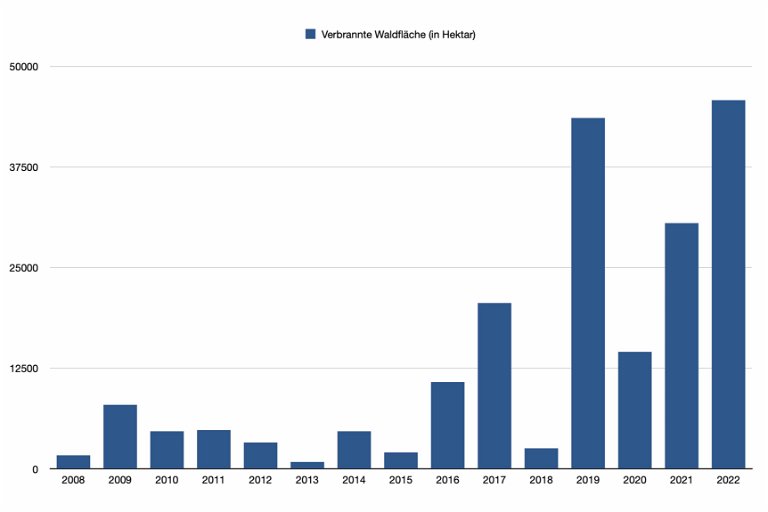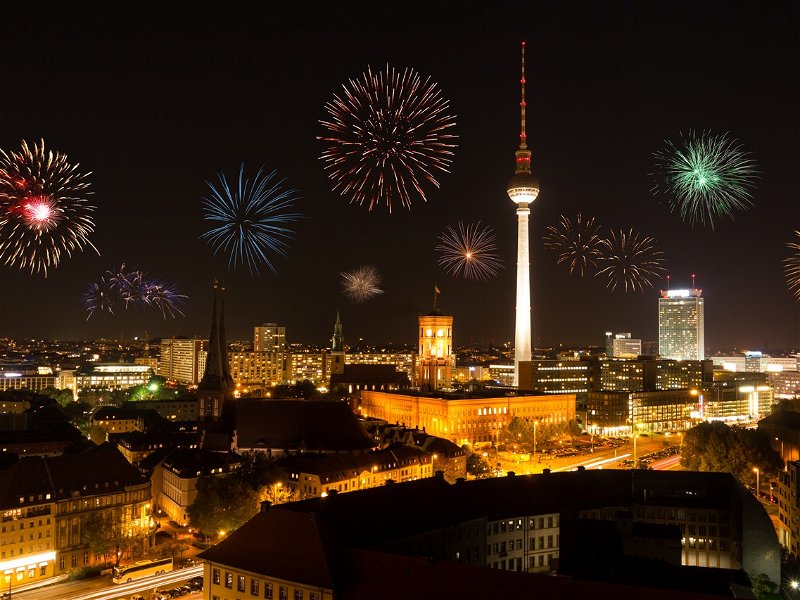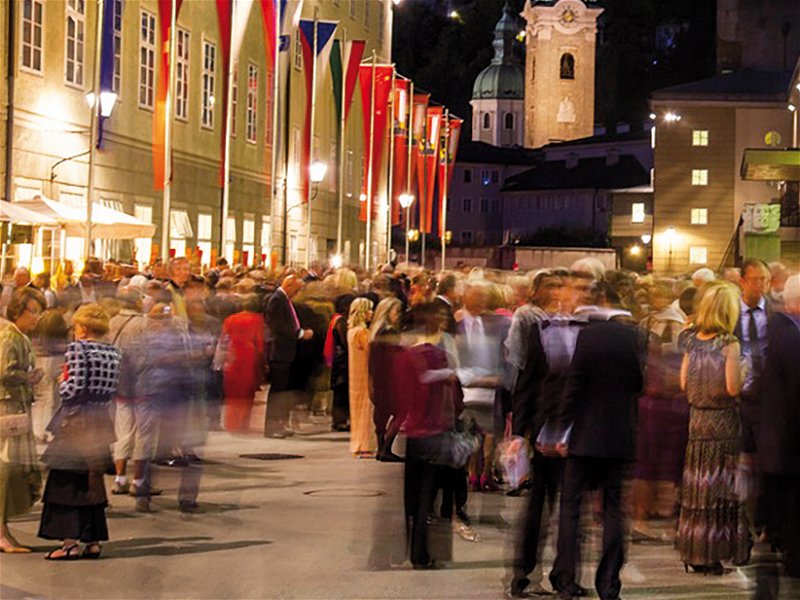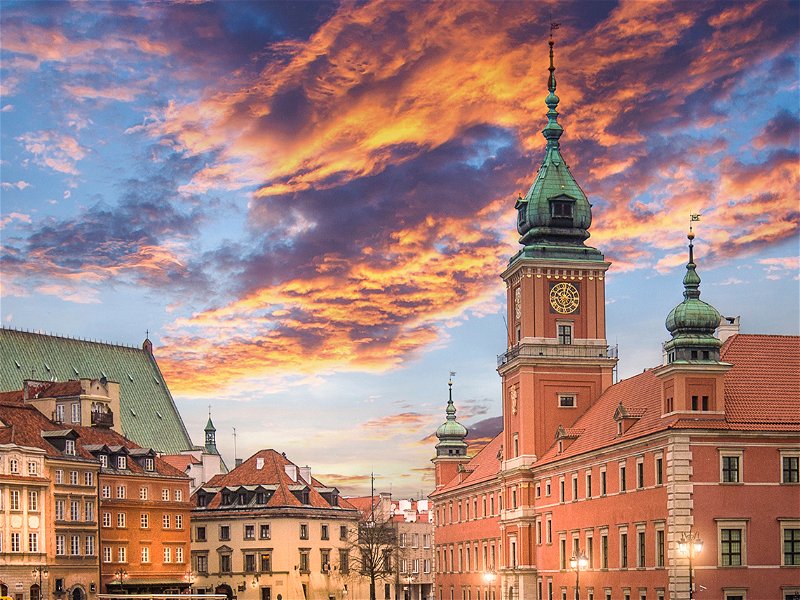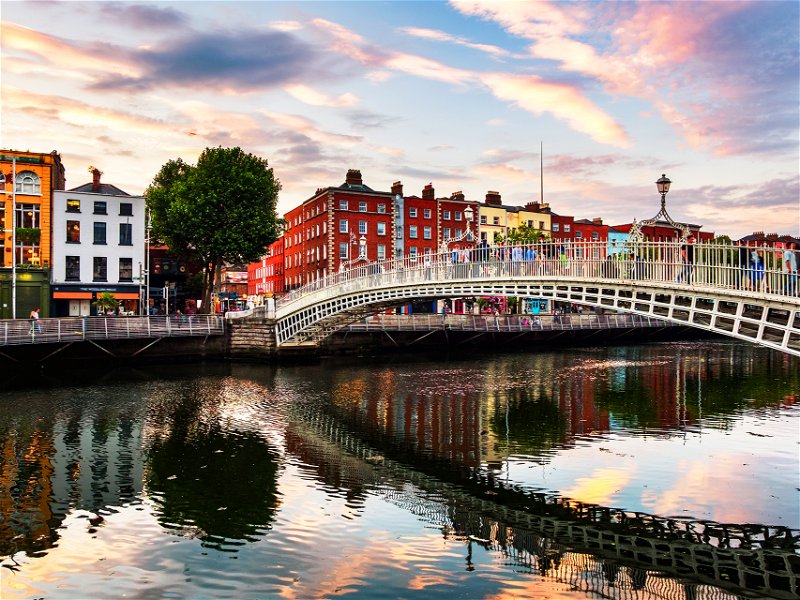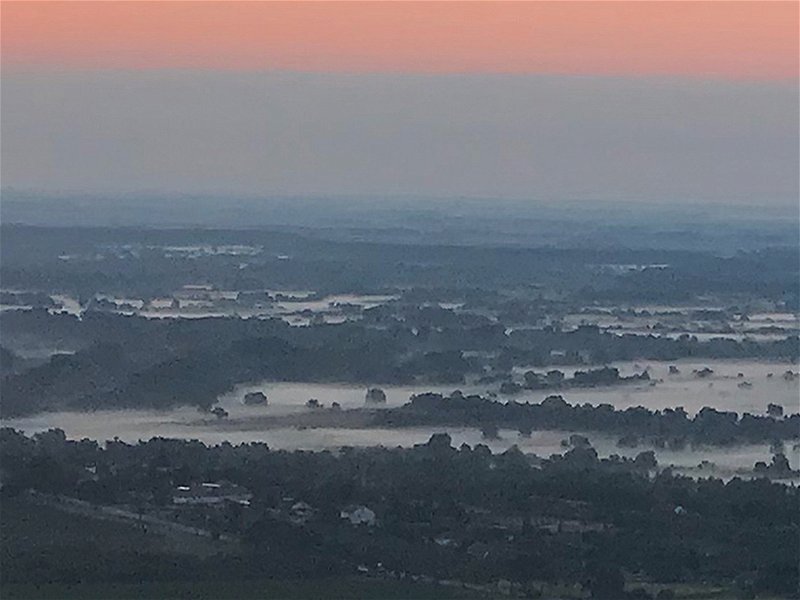Two large fires broke out west and southwest of Bordeaux on 12 July. It took about ten days for the fire service to stop the spread of the flames. With one of the two fires coming within a few kilometres of the Sauternes growing area, there were fears that grapes from the westernmost vineyards could be affected by smoke taint.
Sauternes escapes with a scare
Fortunately, this fear was not realised, several wineries confirmed to Falstaff. The prefecture also said smoke should have a very limited effect on the health of the inhabitants of the affected regions. "The worst should be over, fortunately we haven't noticed any damage so far," an employee of a classified Sauternes château said in an initial summary. "The big fire has been extinguished, but small fires are still breaking out here and there."
With nearly 14,000 hectares affected, it is hardly surprising that the fire was difficult to get under control and could not be extinguished all at once. At Landiras alone, not far from Sauternes, the fires raged over an area of 66 kilometres. As the warm and dry weather continued – only three millimetres of rain fell in Bordeaux during the whole month of July – the fire risk remained high. Smaller fires in the Blaye area were fortunately quickly brought under control in the last few days. According to forecasts, it will remain dry at least until this weekend, 6-7 August.
Political ramifications?
As the clean-up begins and people return to their homes, a political post-mortum is also beginning. President Emmanuel Macron visited at the height of the fires and promised that the French state would guarantee the reconstruction of destroyed buildings and the replanting of forests. Macron spoke about how wildfires would force France and the EU to take "structural decisions in the years to come". Macron made it clear that stricter rules would apply to the rebuilding of houses and replanting of forests – ones that would take into account the increased likelihood of environmental events. This was reminiscent of the aftermath of the disastrous flooding in the German region of Ahr a year ago, which also resulted in new development plans and prohibited the reconstruction of some buildings right by the river.
Meanwhile, there has also been debate on the cause of the recent fires. The daily newspaper Sud Ouest published statistics from the European Forest Fire Information System (EFFIS), which is based at the European Commission, which show the total amount of land lost annually in forest fires in France. The figures, which go back to 2008, show a dramatic increase in land losses since 2016 and to an extent that is unlikely to be merely a statistical fluctuation.
